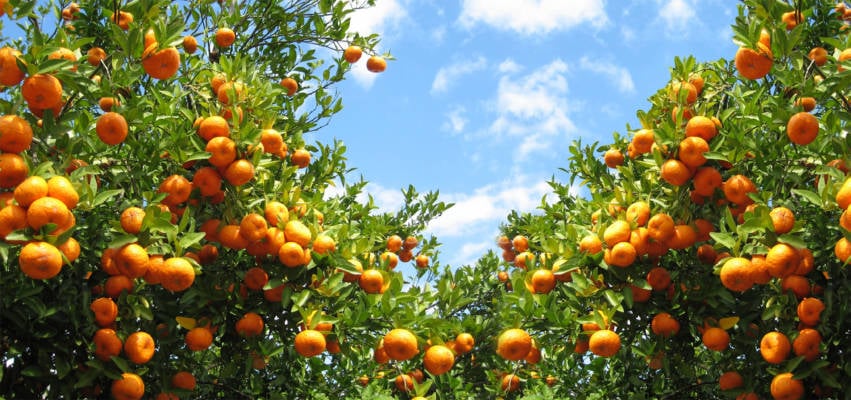There is neither a siege nor a blockade in place on Gaza, other than the limitations demanded when dealing with a terrorist organization that has been in charge of Gaza and its population since 2007.
By: Daniel Siryoti/Israel Hayom via JNS
Israeli Defense Minister Avigdor Liberman announced on Saturday that he was stopping the newly resumed supply of fuel and gas to the Gaza Strip, and added: “As long as the violence on the Gaza border does not come to a complete halt, including sending burning balloons over the fence and setting tires on fire near Israeli communities located near Gaza, Israel will not be resupplying the Gaza Strip with fuel or gas.”
On the other hand, Hamas leaders claim daily that the “marches of return on the border will end only when the siege on Gaza is lifted.” On Saturday, head of Hamas’s political bureau Ismail Haniyeh even declared that “we appreciate the efforts to throw off the siege, but we will not accept partial solutions. The martyrs’ blood will not be spilled in vain. The marches will not end until the siege on Gaza is thrown off.”
The Hamas and Palestinian Authority leadership, like many in Israel and throughout the world, argue that steps Israel and Egypt have taken against the Hamas regime in Gaza are causing immense suffering to the million-and-a-half residents of Gaza, who they say are “living in the largest prison in the world.” One of the harshest critics of Israel’s policy is Turkish President Recep Tayyip Erdoğan, who constantly repeats that “not so much as a crate of tomatoes can be shipped to Gaza without Israel’s approval.”
Is the Israeli-Egyptian “siege” on the Gaza Strip the main reason for the serious humanitarian crisis there? The answer is an unequivocal “no,” despite the repeated declarations by the Palestinians and their supporters that Israel and Egypt are choking the population.
Fighting Hamas Terror
The facts show a different picture. There is neither a siege nor a blockade in place on Gaza, other than the limitations demanded when dealing with a terrorist organization that has been in charge of Gaza and its population since 2007, when it seized power in a violent coup in which it expelled and executed Fatah officials and their families.
After the putsch, the Hamas regime announced that it was tossing out all the security agreements and addenda to them that had been signed between Israel and the Palestinian Authority regarding Gaza. In response, the Israeli government declared Gaza “hostile territory.” Israel put major limitations on the shipment of goods into Gaza; barred Palestinians from moving between Gaza and the P.A., as well as trade between the West Bank and Gaza. Israel also shut down all maritime entrance to and exits from Gaza and declared severe restrictions on its legal fishing areas.
However, despite declaring Gaza “hostile territory”; despite the military conflicts Israel waged against Hamas and the other armed factions in Gaza; despite the unceasing terrorist activity waged from Gaza; Israel always took care to allow 100 trucks carrying goods and fuel into Gaza every day.
Meanwhile, the Egyptians are also playing a part in the supposed “siege” on Gaza.
Until the events of the Arab Spring of 2011 and the revolts in Egypt that ousted first former President Hosni Mubarak and then Muslim Brotherhood-elected President Mohammad Morsi from power, Egypt allowed goods and people to pass through the Rafah crossing. But as the smuggling tunnels at Rafah multiplied and the Sinai-based terrorist groups gained in strength—not to mention the 2008 incident in which operatives from Hamas’s military branch, the Izzedine al-Qassam Brigades—breached the Rafah border fence and hundreds of thousands of Palestinians streamed into Egypt—the Egyptians decided to close the Rafah crossing entirely to the movement of people and goods.
Hundreds of Trucks Enter Gaza Daily
The events of the Mavi Marmara flotilla in May 2010, in which Israeli commandos boarded a Turkish vessel carrying pro-Palestinian activists and killed several in the ensuing violence, prompted Israel to change its maritime blockade policy and make it significantly easier to move people and goods into and out of Gaza. In effect, since January 2011, Israel has allowed hundreds of trucks into Gaza each day. These trucks are carrying all sorts of goods, other than construction materials and items classed as dual-use, such as certain types of fertilizer that can be used to make bombs or ammunition, drones, or other electronic equipment that could be used for terrorist activity.
Israel has even allowed trade between Gaza and the West Bank, as well as exports of various items from Gaza to Israel and other countries. The only policy that has remained in place is the ban on Gazans entering Israel, other than humanitarian and specially approved cases. It should be noted that the only goods crossing between Israel and Gaza is Kerem Shalom, now that Rafah is being opened only occasionally by the Egyptians.
Who is calling that a siege?
MAKE THE LAND OF ISRAEL EVEN MORE BEAUTIFUL!
PLANT YOUR VERY OWN FRUIT TREES IN ISRAEL!
Farmers near the Gaza border lost family, friends and workers. Spring is here, and they desperately need help to replant the farms. Join us in blessing the People and Land of Israel.
“I will ordain My blessing for you…” (Leviticus 25:4)



